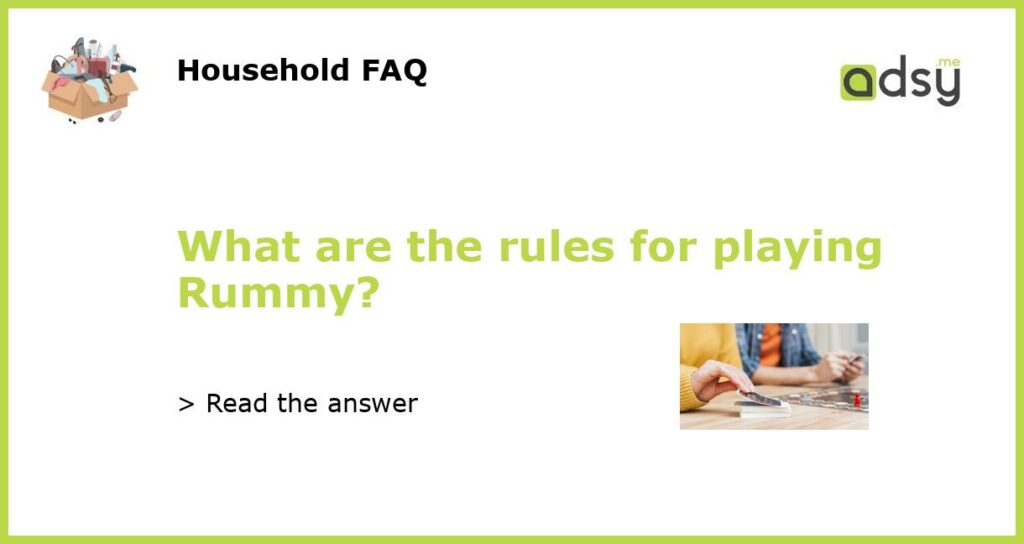Understanding the basic rules of Rummy
Rummy is a popular game played worldwide, and it is relatively easy to learn. In this game, players are required to arrange sets or sequences of cards to win. To understand how to play, take note of the following essential rules:
The objective of Rummy
The main objective of playing Rummy is to dispose of all cards in your hand and form sequences and/or sets. A sequence is three or more consecutive cards of the same suit, and a set is three or more cards of the same rank but different suits. The player who completes this objective first wins the game.
How to play the game
The game starts with each player receiving a specific number of cards, depending on the number of players. In Rummy, two to six players can participate, and each player is given 10 cards. The remaining cards are placed on the table, and one is exposed to start the discard pile. Players are expected to pick a card either from the discard pile or the closed deck with the hope of creating a sequence.
Discarding and picking up cards
A player’s turn starts with picking up a card either from the discard pile or the closed deck. Then, the player can either create a sequence or a set or discard a card by putting it on the discard pile. The card that they discard must be different from the ones on the discard pile. The next player must then either pick up the discarded card or the card on the closed deck.
Scoring and how to win the game
Each card has a value in points, and the face cards, namely Jacks, Queens, Kings, and Aces, are worth 10 points each. The numbered cards are worth their face value, while the Joker cards carry zero points. A player wins the game when they dispose of all their cards and declare Rummy. The score is then calculated based on the cards the other players had remaining in their hands at the end of the game. The player with the lowest score wins.






